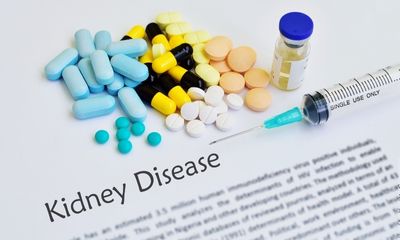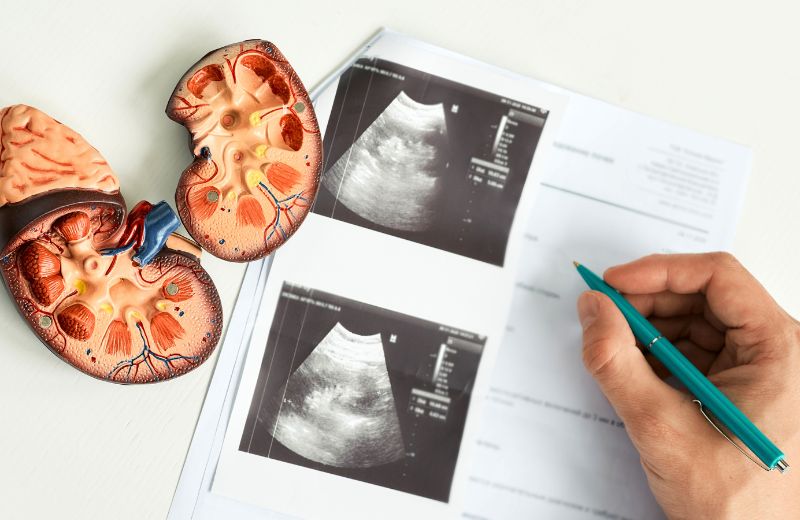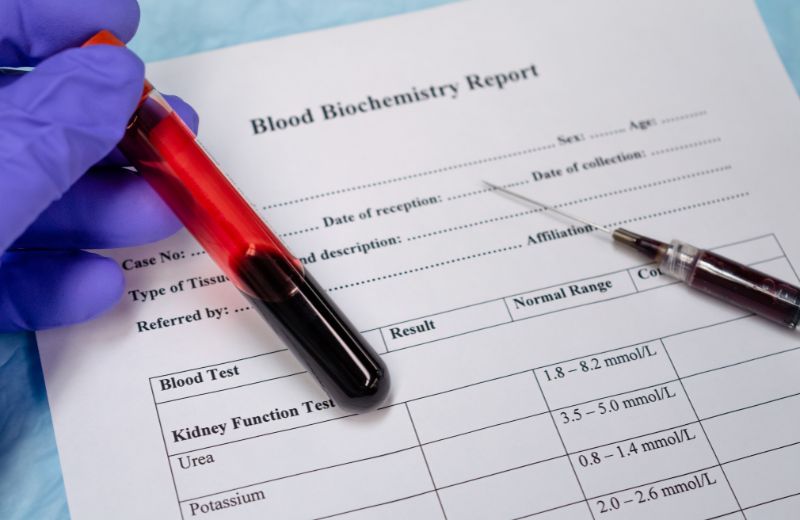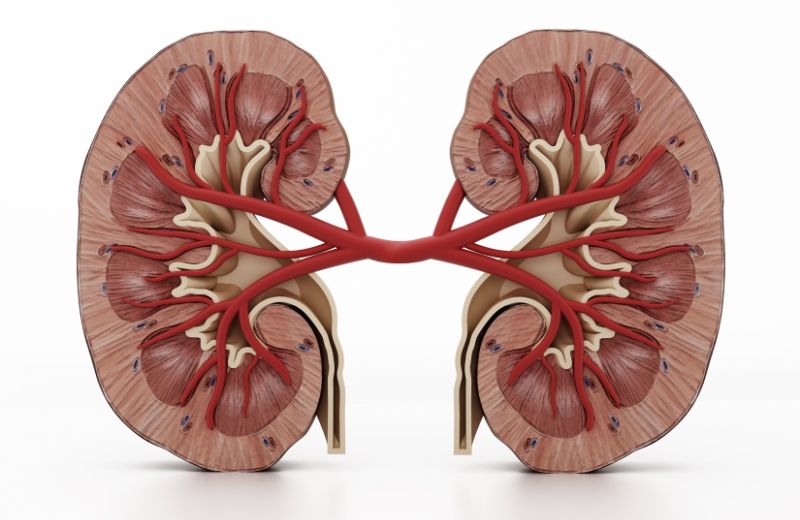One of the most common occurrences in the physician’s field of work is kidney disease. Often under-evaluated by the patients themselves, kidney diseases are on the rise with a high prevalence among senior citizens and have doubled in the past few decades.
Kidney disease, in terms of medicine, is defined as a reduced capability to filter the blood thoroughly for at least three months. This decreased capability of the kidney can be due to multiple reasons including scarring, fibrosis or loss of glomeruli or nephrons themselves. The result of sustained renal disease is renal failure, which can only be corrected through a kidney transplant. However, the procedure is often risky and faces the probability of transplant rejection among other complications.
Since the majority of the symptoms of kidney disease are silent, they can often be overlooked. This inevitably leads to an increased burden on the cardiovascular system and leads to kidney failure. The presence of co-morbidities has also been reported time and over again. Therefore, the evaluation of patients for diagnosis of kidney disease is pertinent in ensuring the start of multi-care treatment for the patient.
Contents
Factors Contributing to Kidney Disease
Usually, kidney disease is the result of certain co-morbidities. However, it is also known to cause the same co-morbidities. Therefore, understanding the etiology of kidney disease is essential to demonstrate treatment regimens.
Family history: Patients with a family history of kidney stones will present with kidney stones themselves. Most kidney diseases have a genetic component to them. This holds especially in the case of the presence of cardiovascular disorders, as they not only have a tendency to run in families but also add burden onto the renal system.
Age: Younger populations show an incidence of 7.3%, however, elders show a prevalence of up to 36%. This is co-linked with the presence of other diseases as one ages.
Smoking: Smoking has been shown to increase incidences of kidney stones, heart and vascular system disorders especially atherosclerosis which ultimately leads to kidney disease.
Autoimmune disorders: Various autoimmune diseases have been implicated in propagating kidney diseases. This is due to the presence of different kinds of immune complexes that get deposited and then destroy kidney tissue.
Previous bacterial infections: History of previous bacterial infections, especially Staph aureus, has been known the damage kidney interstitium if not treated promptly. As the antigen-antibody complex passes through the kidney, it causes permanent damage.
Hypertension: Hypertension is one of the most common etiological factors seen by physicians worldwide in patients with kidney disease. Hypertension adds stress on the vasculature of glomeruli leading to the eventual erosion of the capillaries. It also has impacts on the renin-aldosterone mechanism further stressing out the nephrons and heart alike.
Diabetes: Diabetes is also a major factor contributing to kidney disease globally. Diabetes is known to damage nephron infrastructure on both micro and macro levels, destroying the glomeruli and interstitium of the kidney.
Symptoms and Diagnostic Tests
Known for its silent features, kidney disease often manifests as inconspicuous symptoms. Patients will either report with present co-morbidities and will report symptoms like:
- Feeling tired and drained (fatigue)
- Unexplained and profuse body swelling (edema)
- Low to absent urinating tendency (decreased urine output)
- Increased incidences of fractures (decreased bone strength due to low level of Vitamin D)
These symptoms are often translated into blood and urine analysis which show following features:
- Anaemia: Kidneys are responsible for producing erythropoietin, a hormone responsible for driving red blood cell synthesis. Decreased RBCs mean the patients feel exhausted and chronically tired, which further exacerbates cardiovascular problems
- Edema: Patients presenting with Chronic kidney disease due to nephrotic syndrome often present with body edema
- Decreased GFR: Decreased glomerular filtrate rate is the main diagnostic criterion for kidney disease. An amount of less than 60 ml/min/1.73 m² is characteristic of kidney disease throughout three months minimum. This is due to damage to glomeruli and hence their decreased capacity to filter blood at normal pressures.
- Proteinuria: Damage to epithelial cells in glomerular membranes leads to leakage of protein in the urine. This loss is concerning as proteins usually are not lost in the urine. The most recent cut-off value for proteinuria is ≥ 0.150 g/24 h.
- Azotemia: Kidney disease often presents with blunted removal of nitrogen. This is marked by BUN (blood urea nitrogen) and creatinine levels which help in visualizing how much damage has been dealt to the kidneys.
- Electrolyte depletion: Kidneys are responsible for hemostasis and all major electrolytes of the body are excreted and maintained through the kidneys. Kidney disease often presents with an altered state of electrolytes in both blood and urine. Usually, wasting of useful electrolytes is seen which manifests as hypocalcemia, hypophosphatemia, hypokalemia etc.
Blood and urine analysis are the major diagnostic and monitoring tools for kidney disease. However, imaging and biopsy can also provide crucial insight into the staging and aetiology of the disease.
Stages of Kidney Disease
The topic of kidney disease is ever evolving with more information being added daily. The criteria of staging are reliant on the lab values that are present throughout the disease. One of these is GFR (Glomerular Filtration Rate) which is the rate at which our kidney filters blood. Decreased GFR is an indication of disease.
a. Stage 1 has normal or slightly increased GFR (>90 ml/min/1.73 m2)
b. Stage 2 has a slightly depressed GFR (60-89 ml/min/1.73 m2)
Stages 1 and 2 show albuminuria, sediment, electrolyte and other urine abnormalities
c. Stage 3 is marked by two subdivisions a and b and has marked depression of GFR (45-30 ml/min/1.73 m2)
d. Stage 4 is marked by minimal GFR (15-29 ml/min/1.73 m2)
e. Stage 5 is the end-stage kidney disease with near to no values of GFR (>15 ml/min/1.73 m2)
The staging is crucial to understand the extent of the disease, the best management in that time frame and predicting prognosis.
Treatment
Treatment of kidney disease is multi-fold which includes dealing with the cause of the disease and treating co-morbidities and complications.
The following approaches are taken to ensure delay in the progress of the disease
- Lifestyle changes: Patients are advised to avoid all irritants of the cardiovascular system including nicotine, caffeine, and alcohol. Non-strenuous exercises are advised along with decreased stress environments. Ingestion of plentiful liquids is avoided. A low protein diet is suggested to decrease nitrogen load on the body.
- Employing drugs: Symptoms of kidney disease itself, like edema and anaemia, are dealt with by the use of diuretics and erythropoietin, respectively. Maintenance of electrolytes is crucial through the dietary intake of electrolyte supplements and monitoring their levels. Bone fractures can be reduced by the administration of exogenous Vitamin D.
- Treating concurrent diseases: Cardiovascular diseases especially hypertension is decreased by the use of ACE inhibitors and ARBs. These drugs become a lifelong prescription to avoid burden on both the heart and kidney alike.
- Utilization of dialysis: Once all other options are exhausted, the patient is shifted to dialysis to maintain the function of one kidney at least.
- End-stage disease: If both kidneys have stopped responding to treatment, kidney transplant is considered. Kidney transplants are known to increase life expectancy by 15 years. However, they come with a variety of complications and are considered last resort.
Conclusion
Kidney disease itself is a multi-factorial and multi-faceted problem, now being deemed as requiring the same attention as cardiovascular diseases. Understanding the factors that eventually damage the kidney, flagging its symptoms and appropriate multiple-level regimen is our only hope to delaying the onset of renal failure in patients. Kidneys are responsible for the maintenance of various metabolic mechanisms. Hence maintenance of both its health and the prevention of disease should be the priority. Negligence in ensuring all factors that are known to cause and propagate kidney disease can have disastrous effects on both patients and the healthcare system







